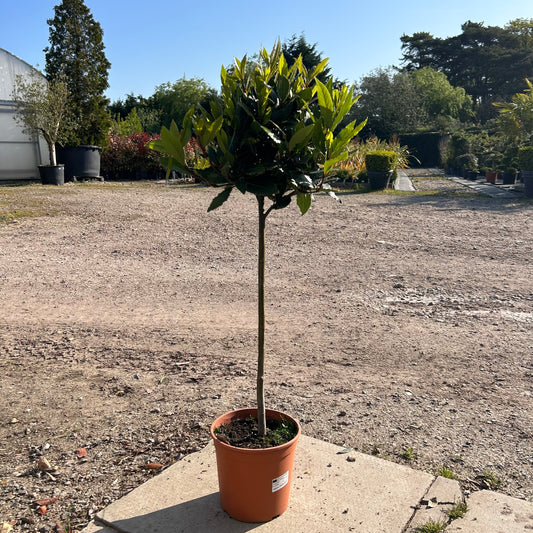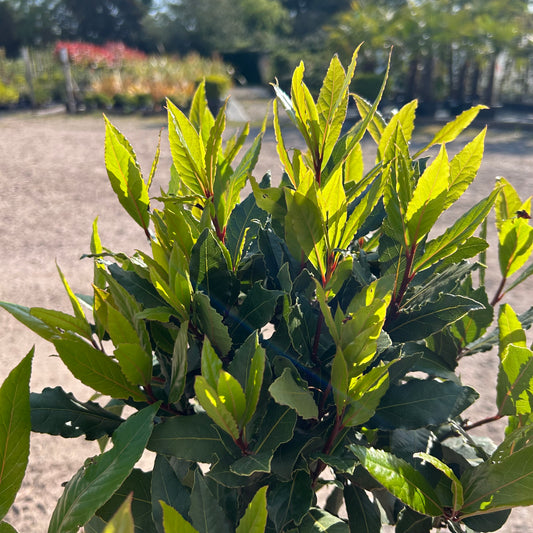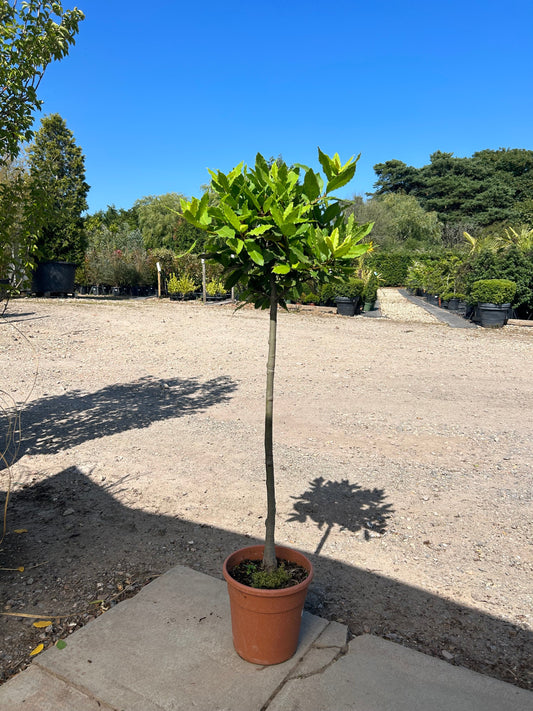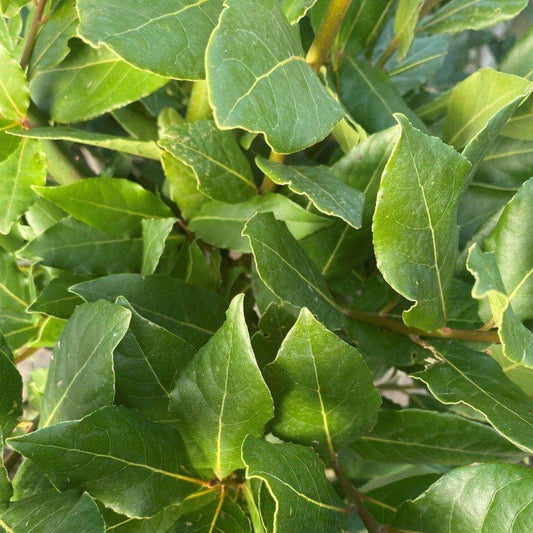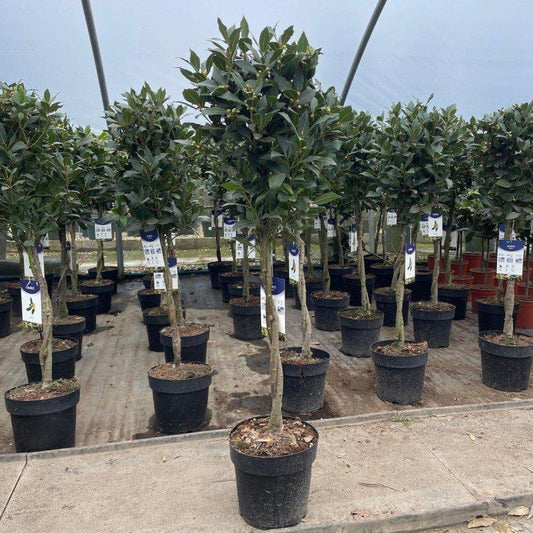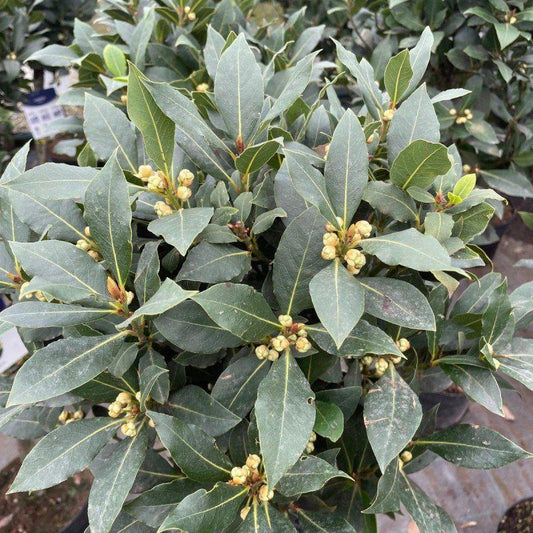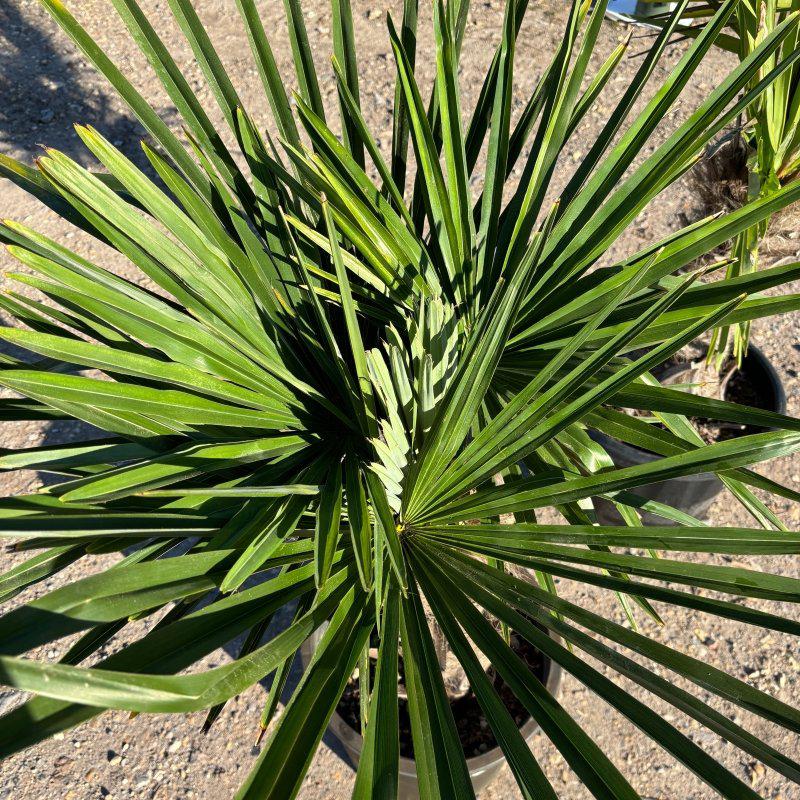Exotic Palms for UK Gardens: Choosing Trachycarpus fortunei and Chamaerops humilis for a Tropical Look
Exotic palms can transform UK gardens into vibrant, lush spaces.
Trachycarpus fortunei, also known as the Chusan palm, and Chamaerops humilis, the European fan palm, are two options that thrive in the British climate. These hardy plants add a touch of the tropics while being well-suited to cooler temperatures.
The unique fan-shaped leaves of Trachycarpus fortunei and the bushy appearance of Chamaerops humilis offer both beauty and versatility in garden design.
Gardeners can create a Mediterranean oasis by strategically placing these palms alongside other plants that complement their exotic look. With proper care, both species will flourish, providing an attractive focal point throughout the seasons.
As interest in gardening grows, many UK residents seek ways to beautify their outdoor spaces. Attention to plants like Trachycarpus fortunei and Chamaerops humilis can lead to vibrant gardens that capture the essence of warmer climates while remaining compatible with local conditions.
Key Takeaways
- Trachycarpus fortunei and Chamaerops humilis thrive in UK gardens.
- They can create a striking Mediterranean aesthetic in outdoor spaces.
- Proper care ensures these exotic palms flourish year-round.
Understanding Trachycarpus Fortunei
Trachycarpus fortunei, often known as the Chusan Palm or Windmill Palm, is a popular choice for UK gardens. It is known for its hardiness and striking appearance. Understanding its origins, ideal conditions, and care requirements will help gardeners succeed with this exotic palm.
Origins and Species Overview
Trachycarpus fortunei originates from China, specifically the central and eastern regions. It was first introduced to Europe in the 19th century and has gained popularity in various climates.
This palm is known for its unique, hairy trunk that can reach heights of up to 12 metres. The fan-shaped leaves typically grow up to 1 metre wide and create a beautiful focal point in gardens.
As a hardy palm, it can withstand colder temperatures, making it suitable for the UK climate. Its ability to thrive in varying conditions has contributed to its status as one of the top choices for gardeners seeking exotic plants. The palmate leaves and robust trunk make it visually striking, ensuring it stands out in any landscape.
Ideal Growing Conditions
Trachycarpus fortunei thrives in moist, well-drained, and fertile soil. It prefers a location that receives full sun to dappled shade, ideally sheltered from strong winds.
When planted in the right spot, it can grow vigorously and develop a sturdy structure.
Regular watering is essential, especially during the initial growth phase. A balanced fertiliser can be applied in the spring to encourage healthy growth.
The palm can tolerate a range of soil types, but its ideal pH level is slightly acidic to neutral. Ensuring the right conditions will enhance its growth and longevity.
Protection from Cold Winters
While Trachycarpus fortunei is a hardy palm, it still needs protection from severe cold during winter months.
In prolonged periods of frost, wrapping the palm with horticultural fleece can help insulate it. Adding a layer of mulch around the base can further protect the roots from freezing temperatures.
Careful monitoring of weather conditions is crucial, especially in regions prone to harsh winters. This palm can endure short spells of frost but may require additional care during particularly cold snaps. With proper winter protection, it can survive and flourish season after season.
Common Cultivation Challenges
Despite its hardiness, Trachycarpus fortunei can face certain cultivation challenges.
One common issue is leaf damage from strong winds, which can tear the delicate fronds. Planting it in a sheltered location can prevent such damage.
Pests, like scale insects, may also pose a threat but are usually manageable with attention.
Fungal infections can occur if the palm is over-watered or if the soil lacks drainage. Ensuring the plant is in well-draining soil and following a proper watering schedule can prevent these issues.
Keeping an eye on its overall health will ensure successful cultivation.
The Beauty of Chamaerops Humilis
Chamaerops humilis, commonly known as the European Fan Palm, is an attractive addition to UK gardens. With its unique fan-shaped leaves and hardy nature, this palm offers both aesthetic appeal and resilience in varying conditions.
Species Traits and Identification
Chamaerops humilis is known for its distinctive palmate leaves that form a beautiful fan shape. The leaves are typically deep green and can grow up to 1 metre across.
This species is a dwarf palm, usually reaching heights of 1.5 to 3 metres, making it perfect for smaller gardens. It is also notable for its bushy growth habit. With multiple stems emerging from a central base, it creates an inviting and lush appearance.
The plant is hardy, able to withstand temperatures as low as -12°C, making it suitable for the UK climate.
Planting and Positioning
When planting Chamaerops humilis, selecting the right position is crucial. It thrives best in a sunny spot, mimicking its natural Mediterranean habitat. However, it is adaptable and can tolerate partial shade, which may lead to a bushier growth.
The palm prefers well-drained soil and should not sit in waterlogged conditions, as this can lead to cold damage in winter. It can be planted directly in the ground or in a pot for a more flexible arrangement. Additionally, it is drought-tolerant once established, making it a low-maintenance option for gardeners.
Maintenance and Care
Chamaerops humilis requires minimal maintenance but benefits from regular pruning to encourage healthy growth.
Removing dead or brown leaves helps maintain its appearance and prevents pests.
Propagation is typically done through division of clumps or seed germination, with seeds taking time to sprout.
It's important to monitor for signs of cold damage, particularly in harsh winters. Providing shelter or mulch can help protect the plant during extreme temperatures, ensuring its beauty and longevity in the garden.
Creating a Mediterranean Oasis
To create a Mediterranean oasis in the UK, special attention must be paid to plant selection, garden layout, and climate adaptation strategies. By using palms like Trachycarpus fortunei and Chamaerops humilis, alongside other colourful plants, one can achieve a stunning tropical-style garden that flourishes even in less-than-ideal weather.
Designing with Palms in Mind
When designing a garden, palms serve as key structural plants that define the space. Trachycarpus fortunei is particularly suitable due to its hardiness and ability to thrive in dappled shade. Its tall, fan-like leaves create an elegant backdrop for flowering plants.
For added variety, consider including Chamaerops humilis, which has a bushy growth and can reach about 2.5m (8ft). Both palms can be placed strategically to guide the eye through the garden.
Planting these palms in clusters rather than alone can enhance their visual impact. It's also important to allow enough space around each plant for air circulation and growth. This thoughtful arrangement provides a relaxed, exotic atmosphere, typical of Mediterranean gardens.
Pairing with Other Tropical-Style Plants
To enrich the palette of a Mediterranean oasis, one should pair palms with other tropical-style plants.
Options like Jubaea chilensis and Butia capitata provide a diverse range of textures and colours. Jubaea chilensis has thick, arching fronds that complement the upright habits of palms.
In addition to palms, flowering plants such as bougainvillea can add splashes of colour. Ensure that these plants share similar water and light requirements. This will create a harmonious garden while also simplifying care routines.
Using ground cover plants like tropical ferns can fill gaps and maintain a lush look. Choosing a mix of plants that thrive in similar conditions helps to create a cohesive and vibrant oasis.
Overcoming Climate Challenges
UK gardeners must consider local climate challenges when creating a Mediterranean oasis.
While Trachycarpus fortunei is highly frost-resistant, providing winter protection for more sensitive plants like Phoenix canariensis is crucial. Wrapping with horticultural fleece is a practical solution during harsh frost.
Proper site selection is vital. Placing plants in sheltered areas can mitigate wind damage and promote healthy growth. Additionally, using mulch can help retain moisture and regulate soil temperature.
Regular monitoring for pests and diseases will keep the garden thriving. With care, even in less-than-ideal climates, a beautiful Mediterranean garden filled with exotic palms is achievable in the UK.
Frequently Asked Questions
The following questions address common concerns and considerations for growing Trachycarpus fortunei and Chamaerops humilis in UK gardens. These answers provide clarity on care requirements, growth conditions, differences between the species, and how to manage any potential issues.
What care requirements are necessary for maintaining Trachycarpus fortunei in a UK garden?
Trachycarpus fortunei requires well-drained soil that retains some moisture. It thrives in full sun to partial shade and benefits from protection during cold spells.
Regular watering is important, especially in dry periods. Mulching helps retain moisture and insulate the roots during winter.
How can one ensure optimal growth conditions for Chamaerops humilis in the UK climate?
Chamaerops humilis prefers a sunny position with free-draining soil. It is adaptable to various soil types but will flourish in fertile conditions.
During wetter months, good drainage is crucial to prevent root rot. Regular pruning of old leaves promotes air circulation and encourages new growth.
What are the key differences between Chamaerops humilis and Trachycarpus fortunei when grown in UK gardens?
Chamaerops humilis typically appears as a shorter palm with a bushy growth habit, while Trachycarpus fortunei can grow taller and more tree-like. The leaves of Chamaerops are more finely divided compared to the fan-shaped leaves of Trachycarpus. Additionally, their growth rates differ, with Trachycarpus generally growing faster.
What are common issues associated with Chamaerops humilis in the UK and how can they be mitigated?
Common issues for Chamaerops humilis include leaf spot and scale insects.
Maintaining good air circulation and ensuring proper spacing can help prevent diseases. Regular inspections and the application of appropriate pest control measures, such as insecticidal soap, can mitigate these problems effectively.
Can palm trees thrive in pots outdoors throughout the year in the UK, and what special considerations are required?
Palm trees can thrive in pots provided they are moved indoors or to a sheltered location during harsh winter weather. Choosing large pots ensures better root development.
Regular watering and feeding are essential, and it is important to use frost-resistant materials for potting to prevent damage from freezing temperatures.
Which species of palm are considered most hardy and suitable for the British climate?
Besides Trachycarpus fortunei and Chamaerops humilis, other hardy palms include Jubaea chilensis and Rhapidophyllum hystrix. These species are known for their resilience and ability to withstand cooler temperatures, making them suitable choices for UK gardens.
Proper care will enhance their hardiness and adaptability.


